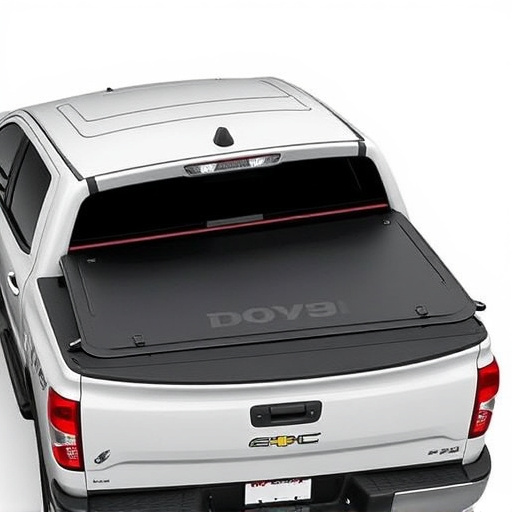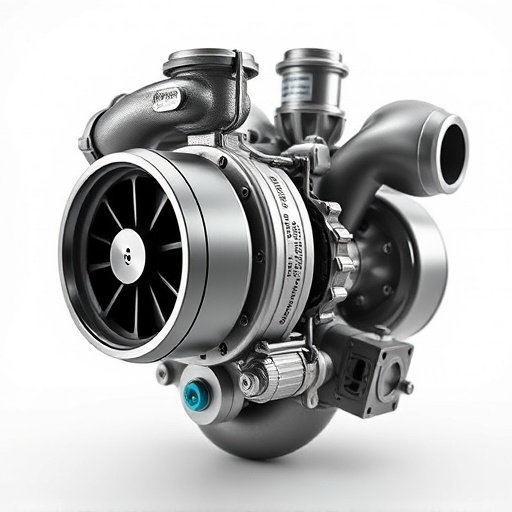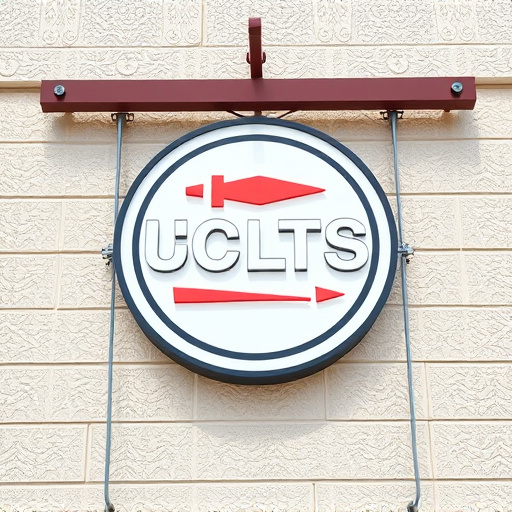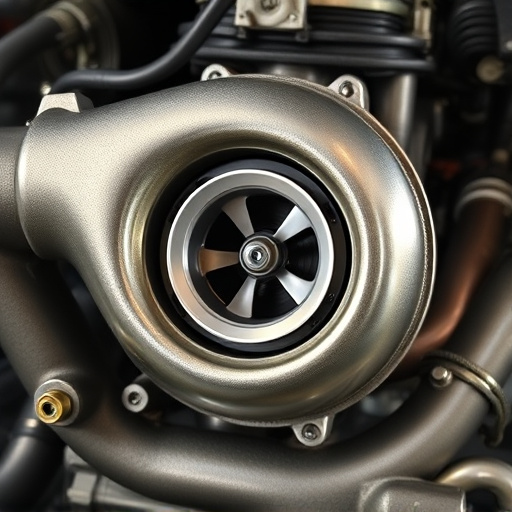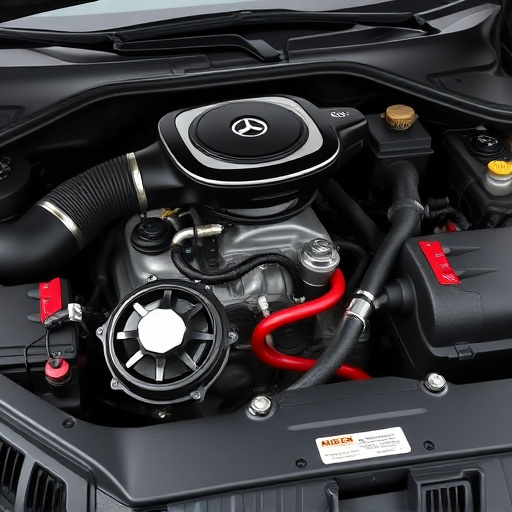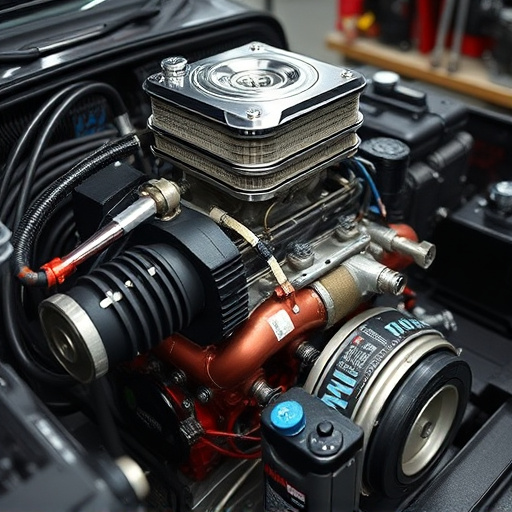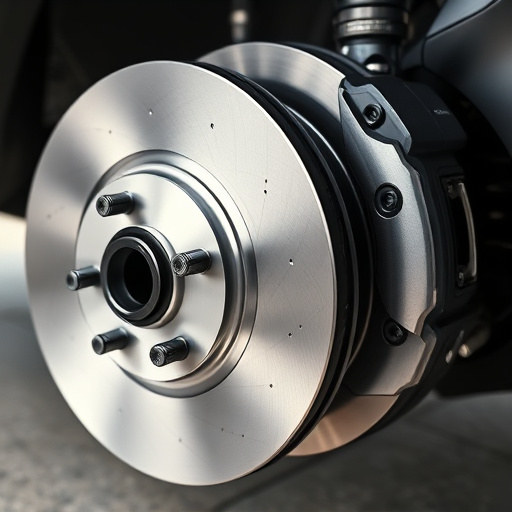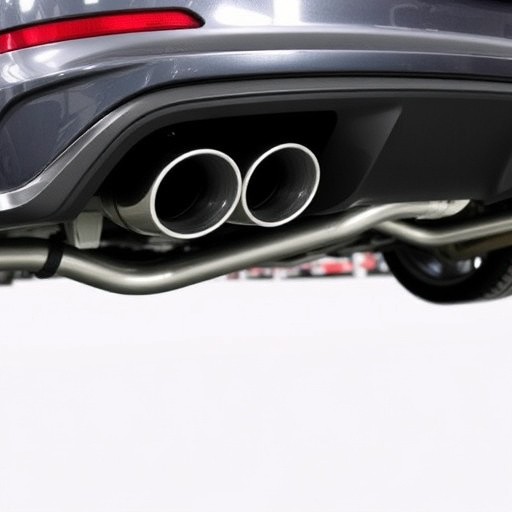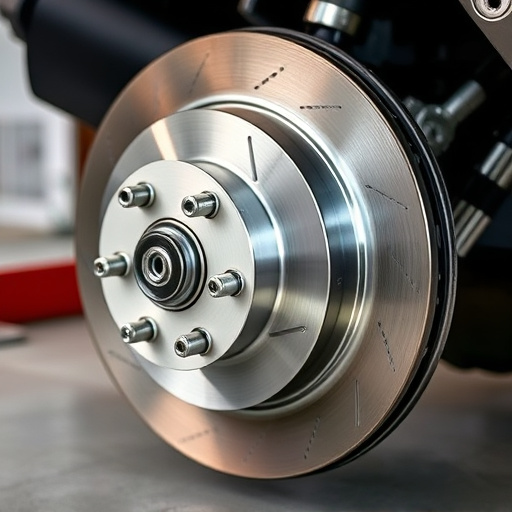Universal Catalytic Converters (UCCs) are essential for eco-conscious car owners, offering emissions reduction and engine performance upgrades. Key selection factors include compatibility, advanced technology, and quality construction. Installation, maintenance, and accessory components complement UCC functionality, promoting environmental sustainability while enhancing vehicle performance, emphasizing the 'catalytic converter universal' aspect.
Selecting the ideal universal catalytic converter is paramount for optimal vehicle performance and emissions reduction. This guide delves into the essentials of these versatile exhaust components, highlighting key features like substrate material, flow design, and conversion efficiency. We’ll navigate the selection process, factoring in vehicle compatibility, application-specific needs, and environmental conditions. Additionally, installation and maintenance tips are provided to ensure peak performance and longevity of your universal catalytic converter.
- Understanding Universal Catalytic Converters: Key Features
- Factors to Consider When Choosing a Model
- Installation and Maintenance Tips for Optimal Performance
Understanding Universal Catalytic Converters: Key Features
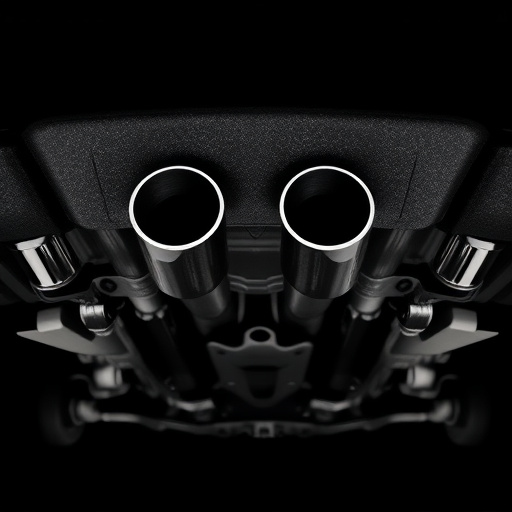
Universal Catalytic Converters (UCCs) are a crucial component in reducing harmful emissions from vehicles, making them an essential upgrade for any car owner looking to improve their vehicle’s eco-friendliness. When considering a UCC, it’s vital to grasp its key features to ensure optimal performance and compatibility with your ride.
One of the primary aspects to look out for is the converter’s design and construction. A high-quality universal catalytic converter should be crafted from robust materials that can withstand extreme temperatures and pressures within an engine compartment. Additionally, the design should prioritize efficient airflow, ensuring seamless integration with your vehicle’s existing exhaust system, including muffler tips and air intake systems. The conversion efficiency of a UCC is also critical; it determines how effectively it reduces pollutants. Look for converters boasting advanced technology that can efficiently lower harmful emissions, such as carbon monoxide, nitrogen oxides, and hydrocarbons, without compromising engine performance.
Factors to Consider When Choosing a Model
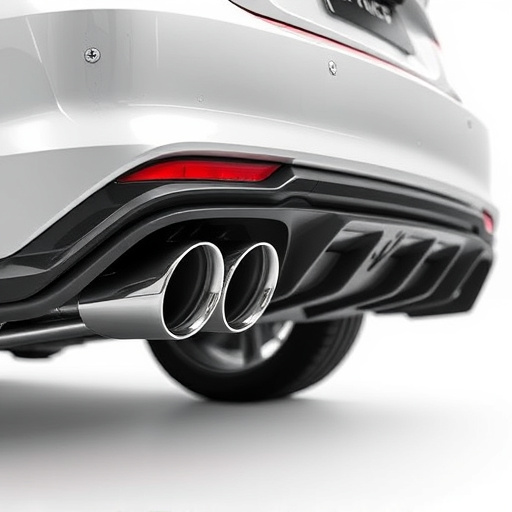
When selecting a universal catalytic converter, several key factors come into play. Firstly, ensure compatibility with your vehicle’s make and model—a crucial step to avoid any potential fitting issues or incompatibility problems. Universal converters are designed to fit various models but always check the specific requirements of your car for a seamless installation. Additionally, consider the type of conversion you require; whether it’s for emissions reduction or as part of a performance upgrade, different catalytic converters cater to these needs.
The quality and performance of the converter itself should also be top priorities. Look for well-regarded brands known for their reliable products. Key specifications to examine include the flow rate, which indicates the speed at which gases pass through, and the temperature rating, crucial for high-performance vehicles. Similarly, considering accessory components like suspension kits, air filter kits, or even new brake pads can enhance overall vehicle performance and complement your choice of catalytic converter.
Installation and Maintenance Tips for Optimal Performance
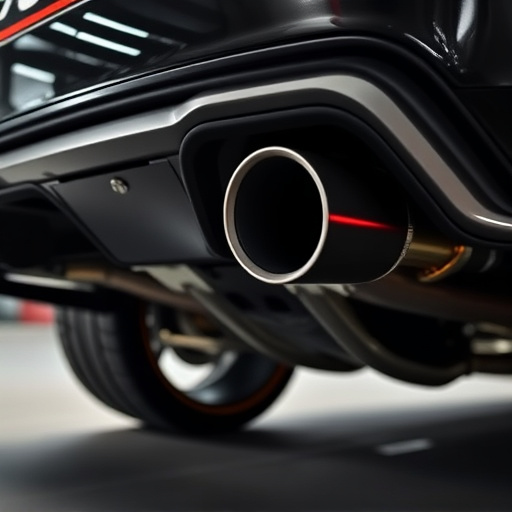
Proper installation and regular maintenance are key factors to ensure your universal catalytic converter performs optimally. When installing a universal catalytic converter, it’s crucial to follow manufacturer guidelines closely and ensure a secure fit. Proper sealing and connection to the exhaust system prevents leaks that could reduce conversion efficiency or cause environmental hazards. Additionally, ensuring a tight seal with gaskets and connectors is essential for maintaining optimal performance.
Regular maintenance includes periodic checks for signs of damage or wear, such as cracks in the converter’s body or discolored exhaust gases. Replacing damaged parts promptly and adhering to recommended service intervals can extend the life of your catalytic converter. Furthermore, integrating high-performance parts like performance air filters can complement the converter’s functionality, improving overall engine efficiency and reducing harmful emissions. Remember, a well-maintained cat back exhaust system, including a universal catalytic converter, not only enhances vehicle performance but also contributes to environmental sustainability.
Choosing the right universal catalytic converter involves understanding key features, considering specific application needs, and adhering to proper installation and maintenance practices. By factoring in aspects like material quality, conversion efficiency, and ease of installation, you can ensure optimal performance and compliance with emission standards for your vehicle or equipment. Remember, a high-quality universal catalytic converter is an investment in cleaner air and smoother operation.

